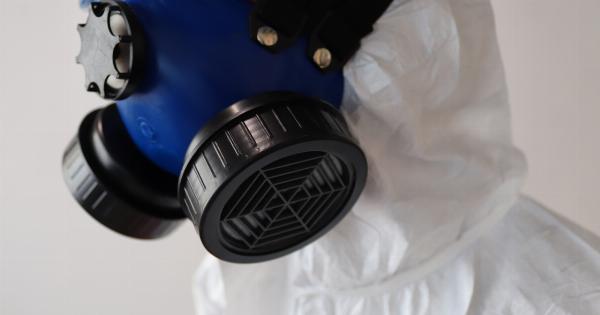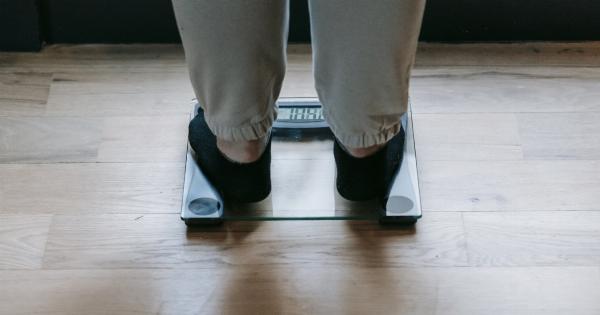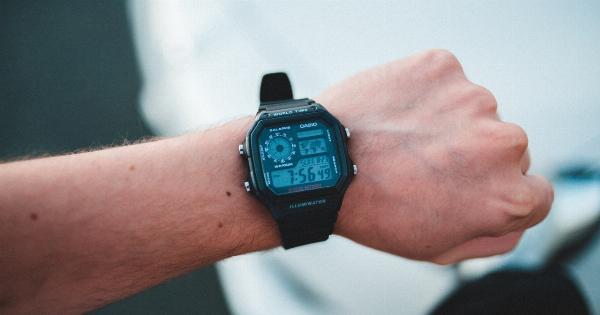Swollen legs can be a cause for concern, especially when accompanied by pain or other symptoms.
While it is not uncommon for legs to swell after prolonged periods of sitting or standing, there are certain serious underlying conditions that can also lead to leg swelling. In this visual guide, we will explore ten serious causes of swollen legs, their symptoms, and potential treatment options.
2. Deep Vein Thrombosis (DVT)
Deep vein thrombosis is a condition characterized by the formation of blood clots in deep veins, most commonly in the legs. This can result in leg swelling, pain, warmth, and redness.
If left untreated, a blood clot can break loose and travel to the lungs, causing a potentially life-threatening condition called pulmonary embolism. Treatment may involve blood thinners, compression stockings, and in severe cases, surgery to remove the clot.
3. Lymphedema
Lymphedema occurs when the lymphatic system is unable to properly drain lymph fluid, leading to its accumulation and subsequent swelling of the affected area.
In the case of swollen legs, lymphedema may result from damage to or removal of lymph nodes after surgery or radiation therapy, infection, or genetic factors. Treatment focuses on reducing swelling and managing symptoms through compression therapy, exercise, and proper skincare.
4. Congestive Heart Failure
Congestive heart failure is a condition in which the heart is unable to pump blood effectively, leading to a backup of fluid in various parts of the body, including the legs.
Along with leg swelling, individuals with congestive heart failure may experience fatigue, shortness of breath, and weight gain. Treatment involves medication, lifestyle changes, and in severe cases, surgery.
5. Kidney Disease
Swollen legs can be a sign of kidney disease, particularly when the kidneys are no longer able to effectively remove excess fluids and waste from the body. Other symptoms may include decreased urine output, fatigue, and high blood pressure.
Treatment for kidney disease often involves medication, dietary changes, and dialysis or kidney transplant in advanced stages.
6. Liver Disease
In advanced stages of liver disease, such as cirrhosis, fluid can accumulate in the abdomen and lower extremities, causing leg swelling. Liver disease may also manifest with other symptoms like jaundice, abdominal pain, and easy bruising.
Treatment focuses on managing liver function, preventing further damage, and addressing underlying causes such as alcohol abuse or viral hepatitis.
7. Chronic Venous Insufficiency (CVI)
Chronic venous insufficiency occurs when the valves in the leg veins fail to adequately pump blood back to the heart, leading to blood pooling and leg swelling.
CVI often presents with symptoms like leg pain, skin changes, and the development of varicose veins. Treatment options may include compression therapy, lifestyle changes, and in some cases, surgical intervention.
8. Infection
Infections, such as cellulitis or skin abscesses in the legs, can cause localized swelling. These infections often originate from breaks in the skin, and symptoms may include redness, warmth, pain, and fever.
Treatment typically involves antibiotics to clear the infection, along with supportive measures like elevation and wound care.
9. Peripheral Artery Disease (PAD)
Peripheral artery disease is a condition characterized by narrowed or blocked arteries that reduce blood flow to the limbs, most commonly the legs. Symptoms may include leg pain, muscle cramps, and swelling.
Treatment options for PAD may include medication, lifestyle modifications, and in severe cases, angioplasty or bypass surgery.
10. Thyroid Disorders
Both an underactive thyroid (hypothyroidism) and an overactive thyroid (hyperthyroidism) can lead to leg swelling. Other symptoms of thyroid disorders may include fatigue, weight changes, and changes in heart rate.
Treatment options vary depending on the specific thyroid condition and may include medication, lifestyle changes, or surgery.
Conclusion
While swollen legs can have various causes, it is essential to be aware of the potential serious underlying conditions that can manifest with leg swelling.
If you experience persistent or worsening leg swelling, especially when accompanied by other concerning symptoms, it is important to consult a healthcare professional for proper evaluation, diagnosis, and treatment.






























